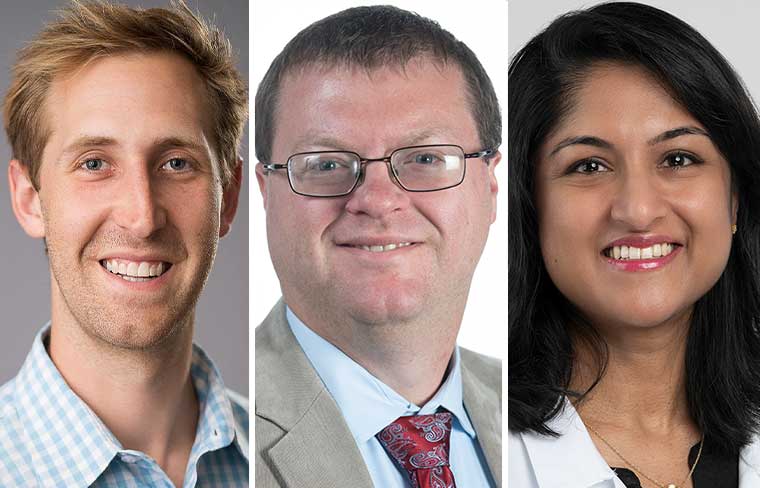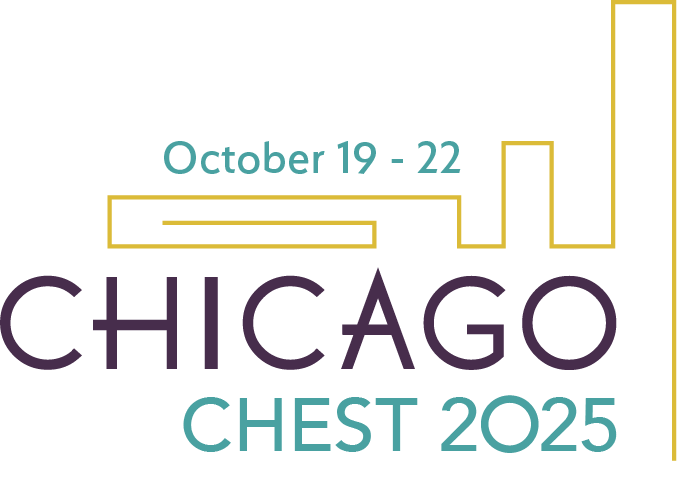Traffic-related air pollution (TRAP) is a significant risk factor for pulmonary health, particularly in adults with chronic respiratory conditions such as COPD, asthma, and interstitial lung disease (ILD). Recent studies highlight the impact of TRAP on lung function, emphasizing the need for awareness and mitigation strategies among pulmonologists.
A 2022 study found that TRAP exposure in patients with COPD led to reductions in airway function, with FVC decreasing by 3.1% to 9.3%.1 Similarly, short-term exposure to traffic pollution during walking eliminated the usual cardiopulmonary benefits of exercise in patients with COPD, leading to decreased FEV₁ and FVC.1 Similarly, the Atherosclerosis Risk in Communities study linked higher traffic density and proximity to major roads with reduced FEV1 and FVC, particularly in women.2
Patients with ILD may be particularly vulnerable to TRAP exposure. Air pollution can exacerbate inflammation and fibrosis, accelerating lung function decline. A study found that patients with ILD who live within 200 meters of a major highway had a one-year shorter estimated survival than those who lived farther away. Traffic proximity was an independent predictor of mortality (HR = 1.43, P = .009).2 Supporting these findings, Australian research showed that patients with ILD living within 100 meters of a major roadway experienced a more rapid reduction in diffusing capacity of the lung for carbon monoxide.2 Notably, TRAP concentrations tend to decline steeply with distance, particularly within the first 100 to 400 meters—highlighting the importance of screening patients for residential proximity to heavy traffic.2,3
Pulmonologists should counsel patients residing near major roadways on practical mitigation strategies. These include advising patients on the use of appropriate personal protective equipment, the use of air quality monitoring resources and how to interpret air quality index data to plan outdoor activities strategically, and the use of indoor air filtration options.2 Additionally, advocating for policy changes that prioritize green spaces and reduced emissions remains crucial in mitigating TRAP’s pervasive health effects.
References
1. Wang T, Xu H, Zhu Y, et al. Traffic-related air pollution associated pulmonary pathophysiologic changes and cardiac injury in elderly patients with COPD. J Hazard Mater. 2022;424(Pt B):127463. Preprint. Posted online October 9, 2021. doi:10.1016/j.jhazmat.2021.127463
2. Sinharay R, Gong J, Barratt B, et al. Respiratory and cardiovascular responses to walking down a traffic-polluted road compared with walking in a traffic-free area in participants aged 60 years and older with chronic lung or heart disease and age-matched healthy controls: a randomised, crossover study. Lancet. 2018;391(10118):339-349. Preprint. Posted online December 5, 2017. doi:10.1016/S0140-6736(17)32643-0
3. Kan H, Heiss G, Rose KM, Whitsel E, Lurmann F, London SJ. Traffic exposure and lung function in adults: the Atherosclerosis Risk in Communities study. Thorax. 2007;62(10):873-879. Preprint. Posted online April 18, 2007. doi:10.1136/thx.2006.073015
4. Kaushik N, Aronson B, Dhiman A, et al. Uncovering the risk of living closer to major highways on survival in interstitial lung disease. Chest. 2024;166(4):A5045-A5046. doi:10.1016/j.chest.2024.06.2994
5. Zheng Q, Cox IA, Leigh L, et al. Long-term exposure to low concentrations of air pollution and decline in lung function in people with idiopathic pulmonary fibrosis: evidence from Australia. Respirology. 2023;28(10):916-924. Preprint. Posted online July 11, 2023. doi:10.1111/resp.14552
6. Zhou Y, Levy JI. Factors influencing the spatial extent of mobile source air pollution impacts: a meta-analysis. BMC Public Health. 2007;7:89. doi:10.1186/1471-2458-7-89
7. Massoli P, Fortner EC, Canagaratna MR, et al. Pollution gradients and chemical characterization of particulate matter from vehicular traffic near major roadways: results from the 2009 Queens College air quality study in NYC. Aerosol Sci Technol. 2021;46(11):1201-1218. doi:10.1080/02786826.2012.701784
8. Laumbach RJ, Cromar KR, Adamkiewicz G, et al. Personal interventions for reducing exposure and risk for outdoor air pollution: an official American Thoracic Society workshop report. Ann Am Thorac Soc. 2021;18(9):1435-1443. doi: 10.1513/AnnalsATS.202104-421S

